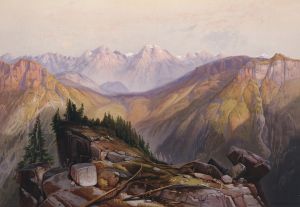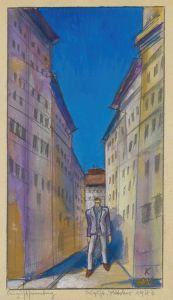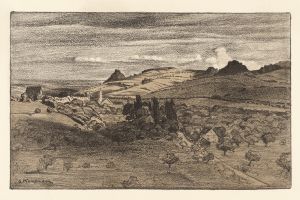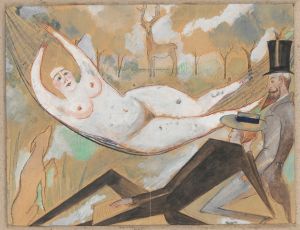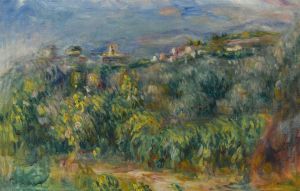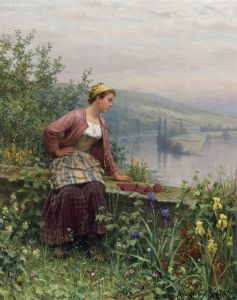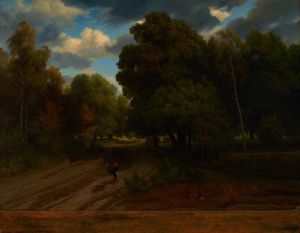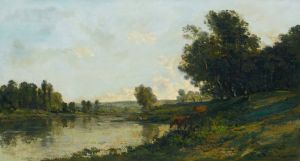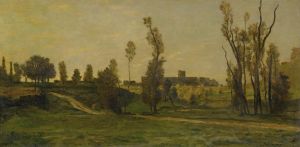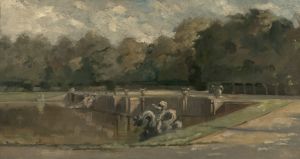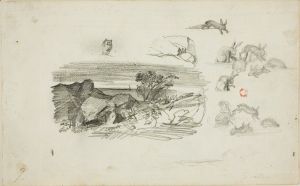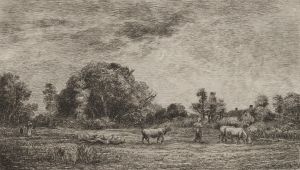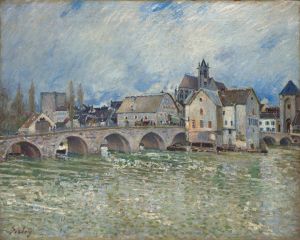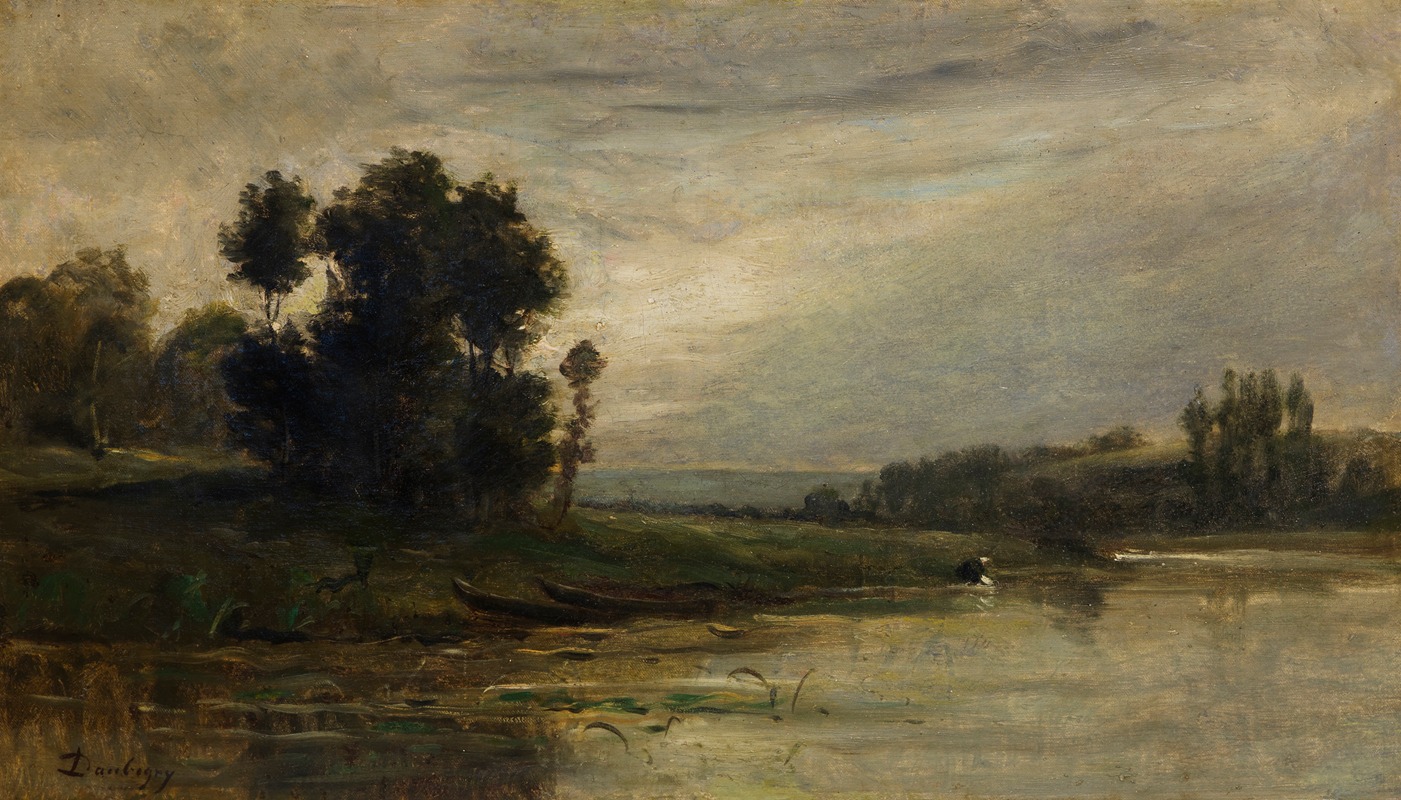
Bords de l’Oise
A hand-painted replica of Charles François Daubigny’s masterpiece Bords de l’Oise, meticulously crafted by professional artists to capture the true essence of the original. Each piece is created with museum-quality canvas and rare mineral pigments, carefully painted by experienced artists with delicate brushstrokes and rich, layered colors to perfectly recreate the texture of the original artwork. Unlike machine-printed reproductions, this hand-painted version brings the painting to life, infused with the artist’s emotions and skill in every stroke. Whether for personal collection or home decoration, it instantly elevates the artistic atmosphere of any space.
"Bords de l’Oise" is a painting by the French artist Charles François Daubigny, a prominent figure in the Barbizon School and a precursor to the Impressionist movement. Daubigny was born in Paris on February 15, 1817, and became known for his innovative landscape paintings that often depicted the serene and picturesque countryside of France.
"Bords de l’Oise" translates to "Banks of the Oise," referring to the Oise River, which flows through the northern part of France. This painting is one of Daubigny's many works that capture the tranquil beauty of rural French landscapes. The Oise River was a frequent subject in Daubigny's oeuvre, as he spent considerable time in the region, particularly in the village of Auvers-sur-Oise, where he eventually settled.
The painting exemplifies Daubigny's characteristic style, which blends naturalism with a keen observation of light and atmosphere. In "Bords de l’Oise," Daubigny employs a soft, muted palette to depict the gentle flow of the river, the lush greenery of the riverbanks, and the expansive sky above. His brushwork is loose and fluid, capturing the ephemeral qualities of light and shadow that play across the landscape.
Daubigny's approach to landscape painting was innovative for his time. He often painted en plein air, or outdoors, directly from nature, which allowed him to capture the changing effects of light and weather with greater immediacy and authenticity. This method was later adopted and further developed by the Impressionists, who admired Daubigny's work and considered him a significant influence.
"Bords de l’Oise" reflects Daubigny's deep appreciation for the natural world and his ability to convey its serene beauty. The composition is balanced and harmonious, with the river leading the viewer's eye into the distance, creating a sense of depth and tranquility. The painting's atmospheric quality is enhanced by Daubigny's skillful use of color and light, which imbues the scene with a sense of calm and timelessness.
Charles François Daubigny was a prolific artist, and his works were well-received during his lifetime. He exhibited regularly at the Paris Salon, where he won several medals and garnered critical acclaim. His influence extended beyond his own generation, as he played a crucial role in the transition from the Barbizon School to Impressionism. Artists such as Claude Monet and Camille Pissarro were inspired by Daubigny's techniques and his dedication to painting directly from nature.
Today, "Bords de l’Oise" and other works by Daubigny can be found in major art museums and collections around the world. His paintings continue to be celebrated for their lyrical beauty and their contribution to the development of modern landscape painting. Daubigny's legacy endures as a testament to his skill and vision as an artist who captured the essence of the French countryside with sensitivity and grace.





